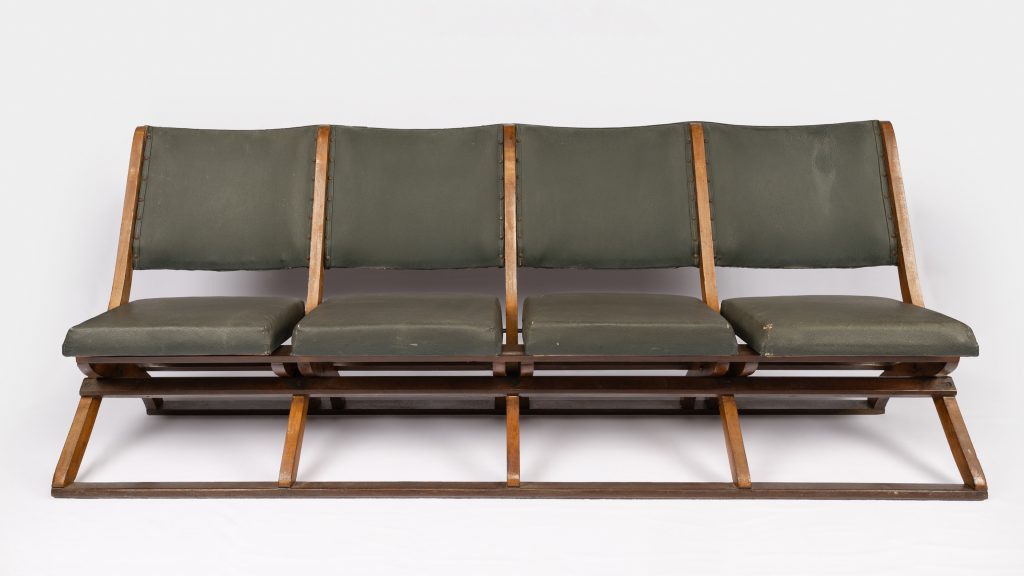
An unassuming piece of history stands on High Street, Morpeth. The once-thriving Astor Picture Palace and Ballroom was always alive with activity during its heyday in the 1930s. Locals gathered there for flower shows, choir practice, mid-week dances and the annual debutante ball, among other events. On quieter occasions the busy dancefloor gave way to […]
Read More…
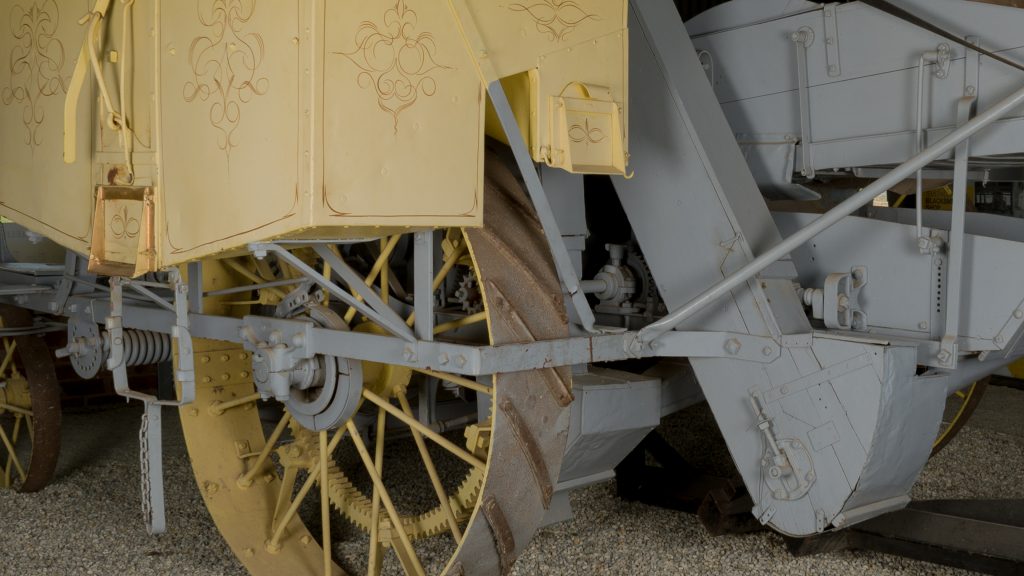
Headlie Taylor (1883-1957) was a great designer and innovator who, by 1915, had created the machine of his dreams. He just needed a manufacturer and finance to fully realise his ambitions. In January 1916, Australia’s biggest agricultural industrialist Hugh Victor McKay couldn’t make Headlie’s initial demonstration on the Taylor farm, so a follow up visit […]
Read More…
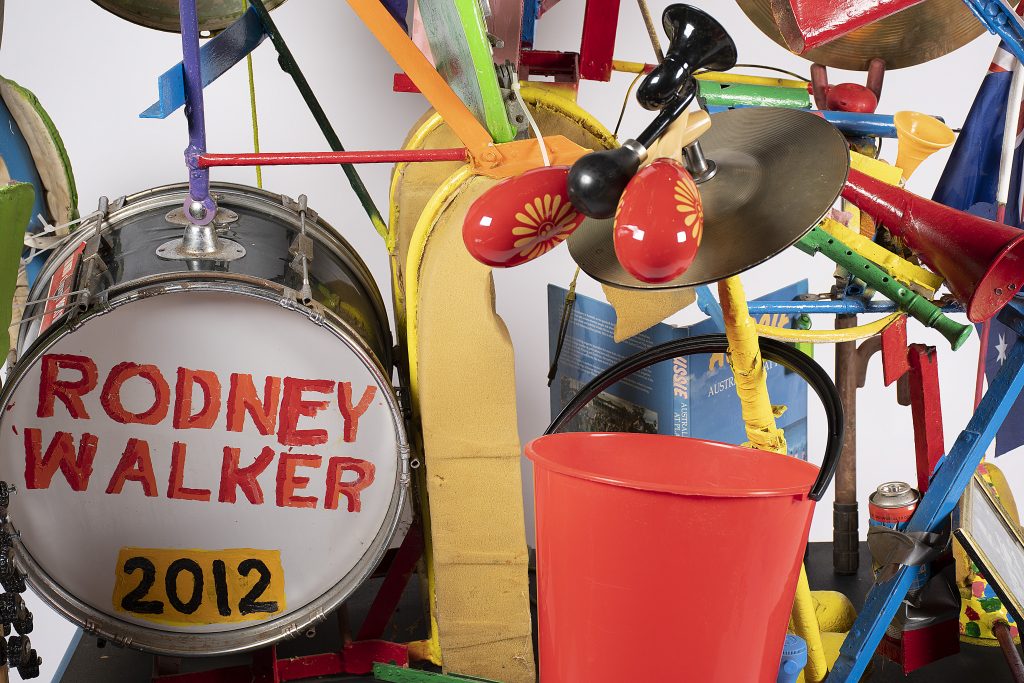
A multi-instrumentalist, clown and busker, Rodney Walker is a retired Australian country music artist. His home-made eccentric musical contraptions combine as many as thirteen instruments, secured together with steel brackets. Carried on his head and shoulders, his instrument ensemble allowed Rodney to play guitar, sing, and use his feet to sound the percussion, all at […]
Read More…
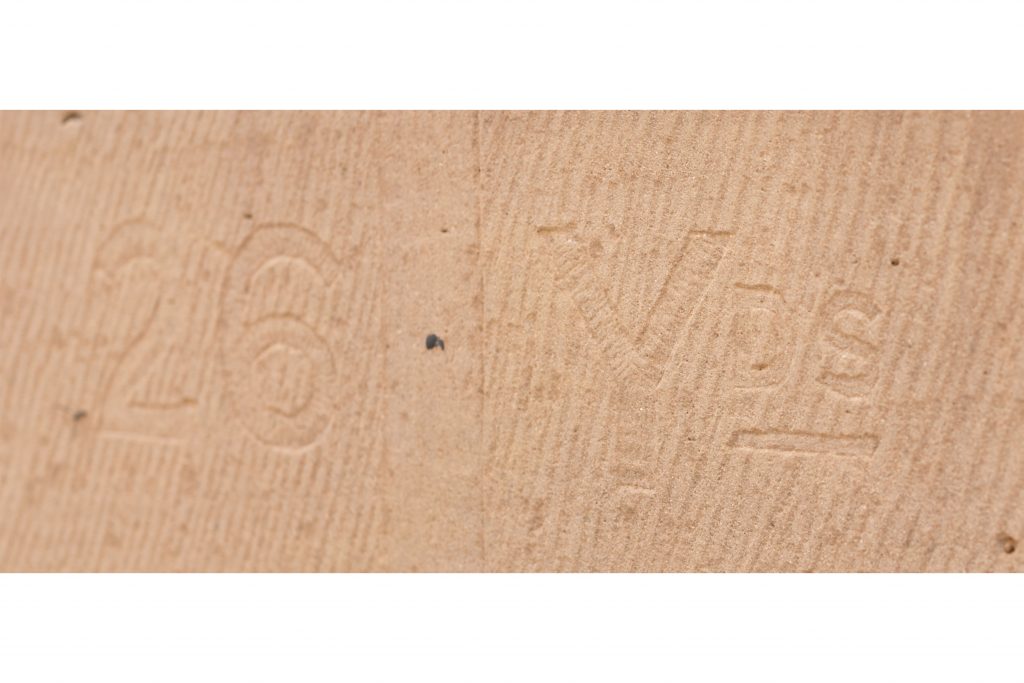
How do you face bank robbers, sex-offenders, drug traffickers, and murderers every day at work? Tasked with confining and rehabilitating some of the toughest criminals Australia has ever seen, the guards of Maitland Gaol needed to maintain their self-defence skills throughout the prison’s 150 years of operation (1848-1998). In a shooting range along the perimeter […]
Read More…
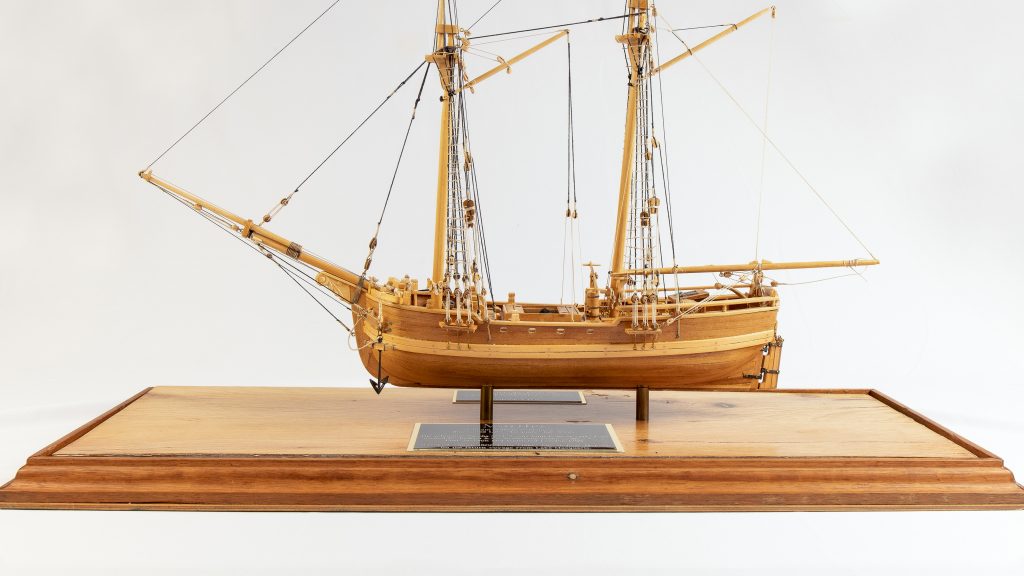
With her two masts fully rigged, the Martha, a small colonial-built schooner, tacked out of Port Jackson (Sydney), her sails catching the fresh breezes which would carry her northwards. It was July 1800, and the ship’s master William Reid, formerly Quartermaster of the First Fleet ship HMS Sirius, had been instructed to collect coal at […]
Read More…
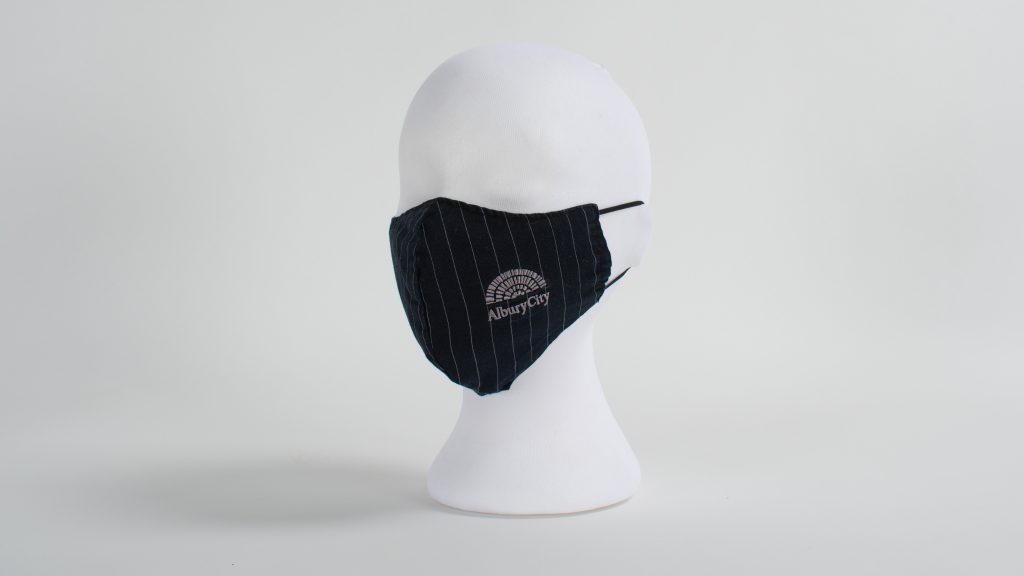
It might look like a corporate branded face mask but it is actually homemade. Fashioned from an Albury City Council work shirt the mask pictured here was sewn by local resident Catherine Phelan. Domestic arts and craft, such as this mask, is often dismissed as ‘women’s work’. The use of craft as a tool to […]
Read More…
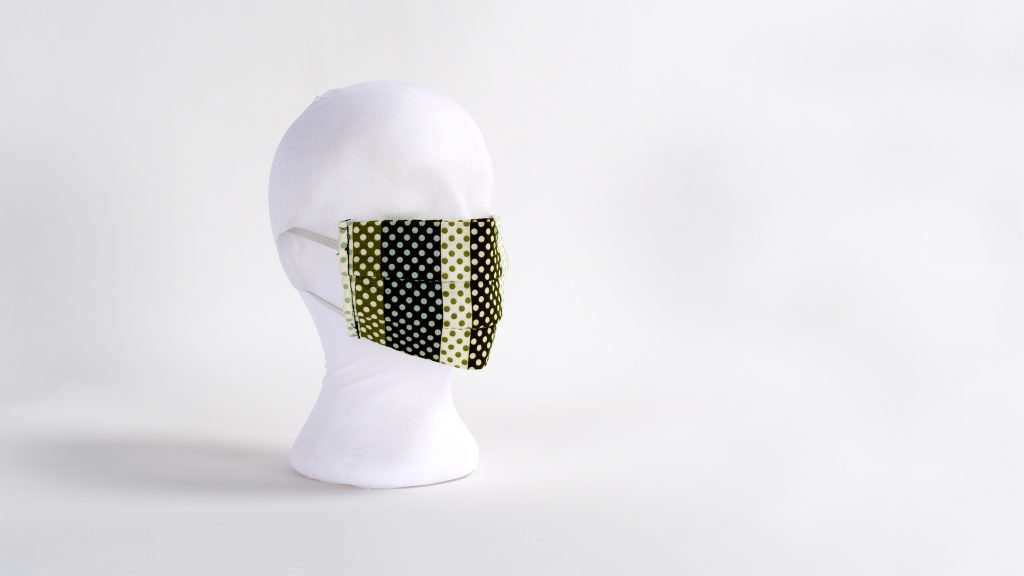
Remember the first time you wore a face mask in public? Did it take you some time for the self-conscious awkwardness to disappear? Over a hundred years ago when Australia faced the 1918-1919 influenza pandemic, mask wearing and vaccinations were seen as the pathway out. Intense interstate rivalries over case numbers and widespread complaints about […]
Read More…
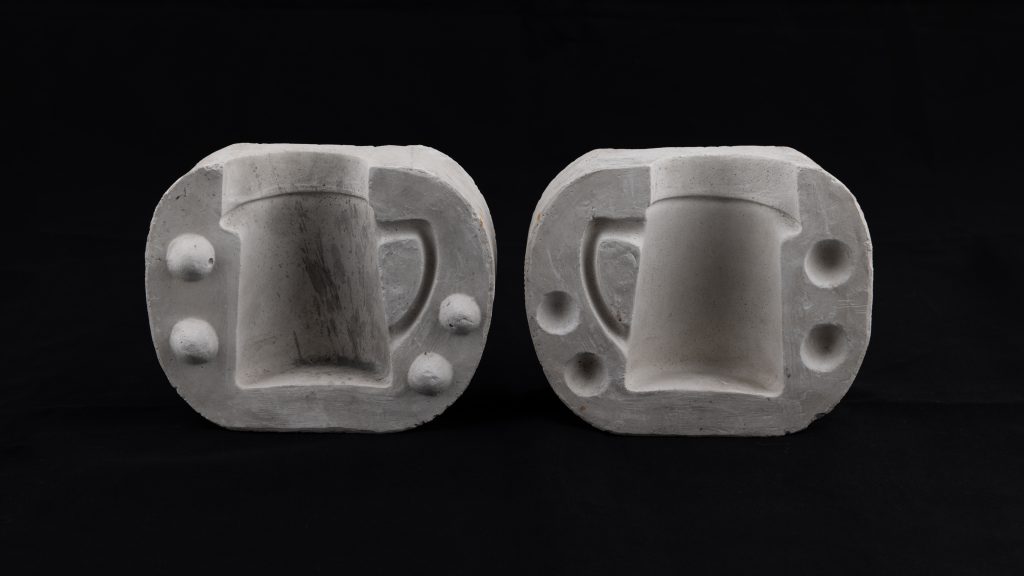
‘Potter’s clay sticks to the fingers’, replied Alice Fieldsend when asked why her family stayed with the craft. The alchemy of pottery, from clay to mould and kiln was with her from childhood as she watched her father, James Silcock, work the potter’s wheel. Alice married Frederick Fieldsend and together they established the F.J. Fieldsend […]
Read More…
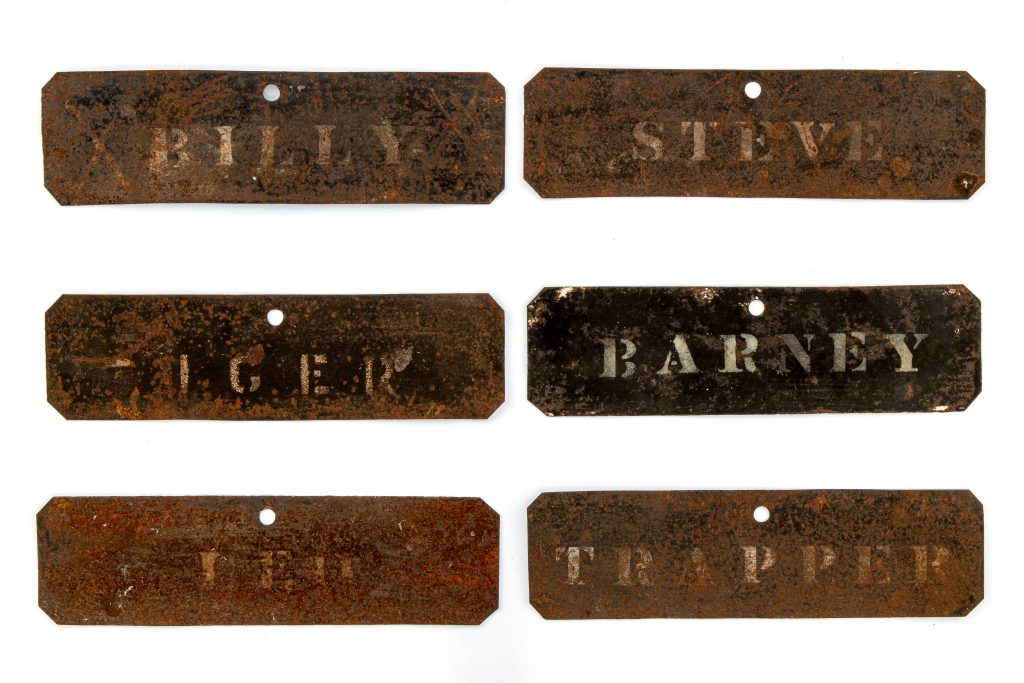
For over a hundred years at the Stockrington Colliery, near Newcastle, miners worked with pit ponies to ferry supplies into the mines and bring coal wagons out on their return. Often spending days, even weeks, underground the pit ponies lived in purpose built mine tunnel stables between their shifts. Name plates, like those shown here, […]
Read More…
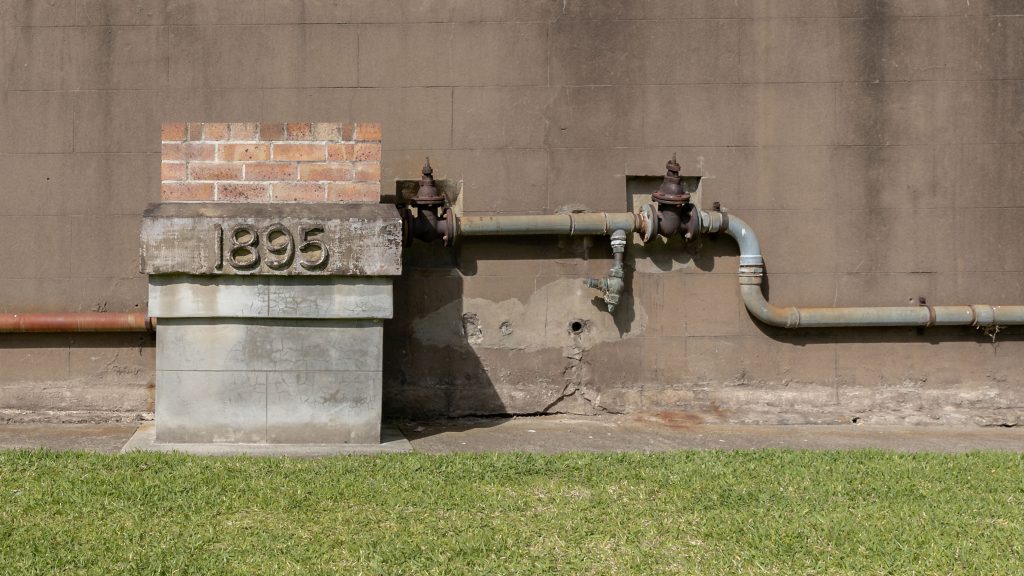
With smoke billowing out throughout the day, the red brick chimney of the Maitland Gaol cookhouse towered over the perimeter walls, serving as a focal point for the people of East Maitland. This date stone installed on the chimney and marking the year it was built, is now all that survives of the cookhouse (demolished […]
Read More…











